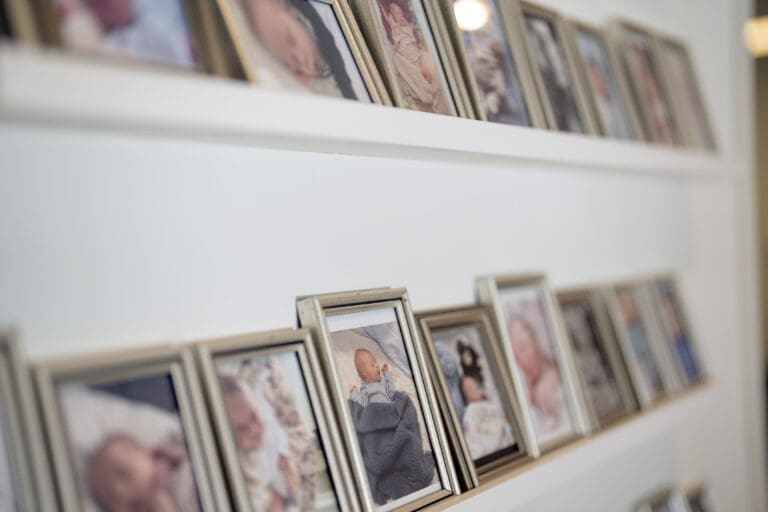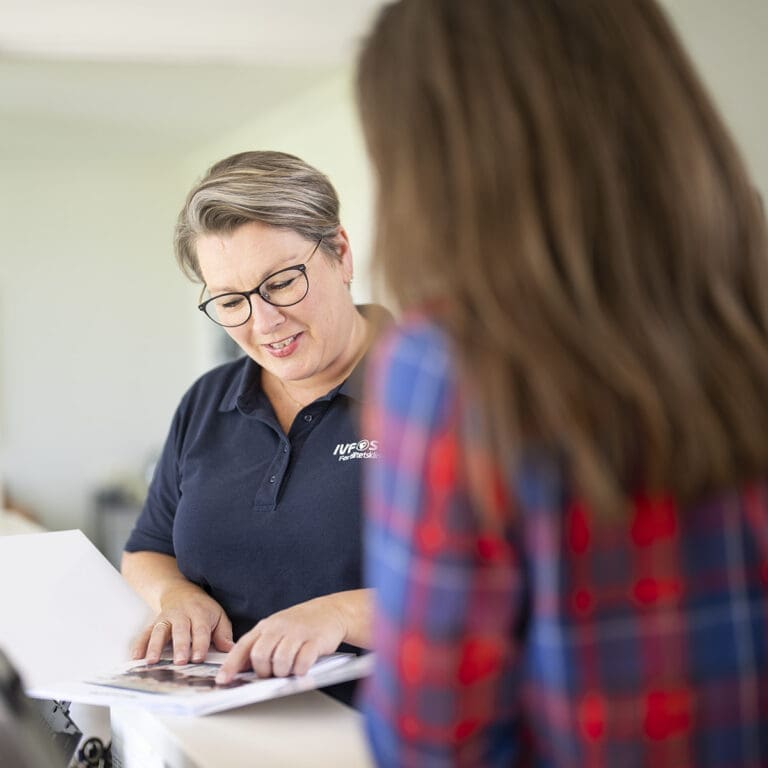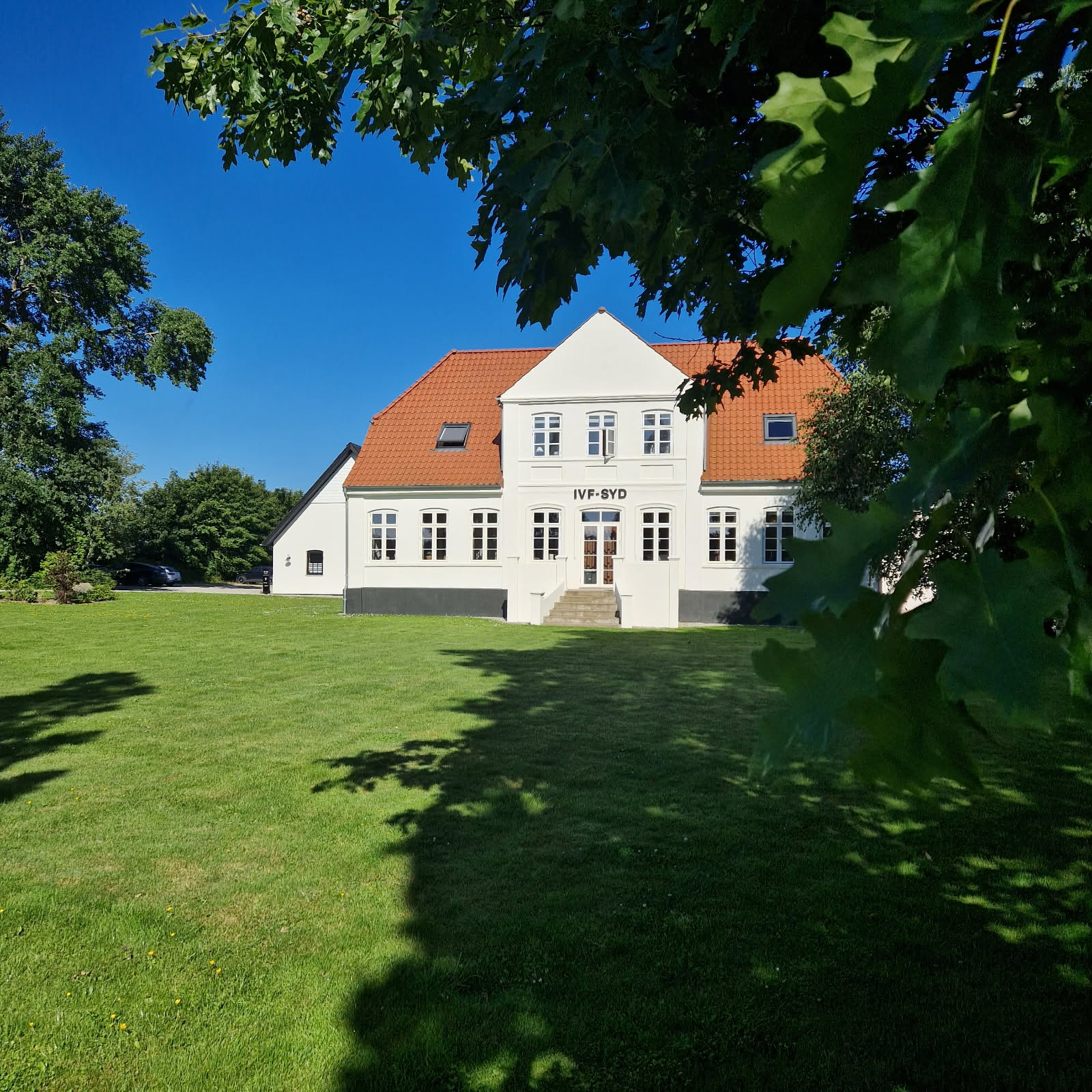
What is double donation?
Double donation is when both eggs cells and sperm cells are donated by two different donors. It is a method used when:
- A couple (woman and man) do not have viable eggs and sperm themselves, respectively.
- A single woman or a lesbian couple do not have viable eggs themselves.

The procedure for double donation
Once you have had an consultation at IVF-SYD and there is an indication that you need double donation, the next step is to select donors.
Sperm donation: There are several options for choosing the sperm donor you want for your treatment. You can choose anonymous sperm donation, which IVF-SYD has a representative stock of at the clinic. However, if you want a non-anonymous donor, you can order the sperm to the clinic via a sperm bank. It is also possible to use a known sperm donor. Read more about sperm donation here
Egg donation: At IVF-SYD, our patient coordinators are responsible for contact with egg donors. You will therefore have a conversation with one of the coordinators where you talk about your wishes for an egg donor. It is possible to choose an open or anonymous egg donor. Read more about egg donation here
At least one open donor
In double donation, the law states that at least one of the donors must be open for the sake of the future child.

Success rates
There are several factors that play a role in the success rate of double donation.
- The recipient of the donation should be in good health and able to carry a pregnancy.
- The donors should be suitable – i.e. in good health and preferably between the ages of 18 and 35.
With these factors in place, double donation generally has a high success rate.

Summer holiday 2025
The clinic is closed
for the summer holidays
from 12th – 27th of July
 Phone. +45 76 24 50 20
Phone. +45 76 24 50 20  info@ivf-syd.dk
info@ivf-syd.dk 